How to boost your creativity + productivity
as an Industrial designer | 13 TIPS
A designer is “like a cow”.
He needs to produce new ideas at demand.
- Some days you feel inspired. Awesome!
- But some other days, your brain feels flat like a deflated balloon.
Totally not awesome if your dead line is coming fast like a bullet train!
Yes, there are “Magic techniques” to come up with ideas fast.
But are they any good?
To avoid these moments of panic, stress working in the rush at last minutes:
- What you need the most as a Professional designer
is to cultivate a “creative hygiene” for your brain. - So you can see the world with a designer’s eye.
- So you can come up with ideas faster whenever you meet a problematic to solve,
and not anymore facing a blank page.
Being a designer is not a job. It’s a lifestyle.
You see, hear, eat, sleep as a designer.
Everything that surround you is a source of inspiration.
Under the condition that you are actively aware of it.
To enhance your creativity, don’t wait for it.
Provoke it to spark new ideas all the times!
Actively pay attention to your surrounding
like nobody else do, and you will enrich yourself.
If opportunity doesn’t knock. Build a door.
– Milton Berle
Your creative hygiene is about caring of the quality of your source of inspiration.
If quality inspiration come in your brain – quality creation will come out from your pen.
If poisonous inspiration come in your brain – bad ideas will emerge.
Just saying that your inspiration is about exposure.
And it’s something you can’t control 100%, but YOU ARE THE MAIN ACTOR to influence it.
Let me share with 13 creative and productivity techniques I recommend you to use daily as a Designer.
- It’s about creating routines
- and how to be more aware of people and things we see everyday (we usually do not pay attention).
1- Question the status quo
Creative people question previously held beliefs.
It’s not because something works well today that it couldn’t be better.
Innovation, enhancement, iteration, upgrade are common words that come from a designer’s mouth.
A designer doesn’t aim to reinvent the wheel but he often wonder:
- How to make things easier, faster, better, painless, cheaper, environmental friendly…
The world keep changing and designers help it to progress.
To innovate, do not focus on technology first.
Focus on people’s needs first.
Then only, look for technologies you need to create your product.
2- Be a “Day Dreamer”
Creative people let their ideas “dance” freely in their mind
and create some unexpected combination of ideas and scenarios.
They can sit, walk, wait, jog, wash dishes
and entertain themselves with their own imagination.
I believe Ipad and Iphone are disturbance for creative people.
These technologies tend to “abusively occupy” our time
– so we give lesser chance to our mind to escape in dreams.
By constantly consuming Youtube, you get dependant of “other people’s content”.
Allocate quiet time for yourself
– it will help you build and strengthen your personality as a creator yourself.
Uninstall Facebook, Email provider or any notification from your Apps so you will get rid of most of your daily distraction. Phone notifications are like having dozen of alarm clock that could ring anytime.
Get rid of all these, and check your email and Facebook once a day
from your desktop computer at home will do.
What do you think?
3- Observe differently.
Creative people like anybody have 2 eyes to see the world.
However, when a designer sees a product, or a service, he also sees a timeline.
Try to reverse engineering a product you like,
and imagine what was the initial designer intention to create that product.
That way, you train yourself to better forecast future product success.
TIP: Generate bold ideas that could change the world.
i.e. Solar panels are ugly and occupy too much space.
> Use building windows or the road as solar pane to produce electricity.
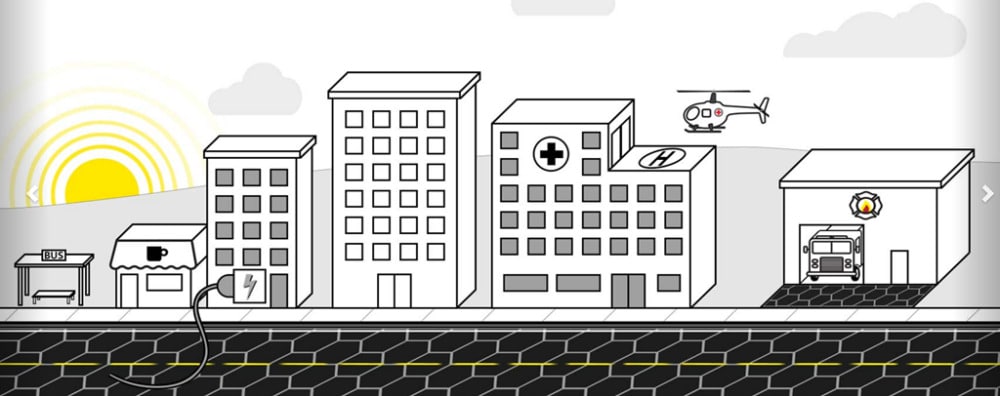
4- Allocate a timeframe
Creative people often spend too much time at the creative phase.
That phase can actually be pretty addictive when new ideas keep coming!
But a designer need to know when to say stop and move on to get things done on time.
TIP: Allocate a time frame for your research:
(That illustrates very well my Designer student life)
2 hours? 1day? 1 week?
and stick to it or you may end finishing your work exhausted and in the rush!

5- Talk with random people!
Creative people are curious and are looking for new experiences.
You can’t create staying alone in a cave right?
Connect with people… to expand the limits of imagination.
More ingredients you have in your head, the more recipe you can make !
Why ? Because anything can be a source of inspiration.
This is why our daily routine need to be spiced up!
TIP: Look actively for new events,
new meetings and ask questions to people.There is so many things we can learn by simply asking.
We can learn from anybody.
- You don’t have to look for designer’s gathering or art events.
Look for events about hobbies you like personally. - At the bus stop, bar, waiting room, have a small chat with your neighbor.

6- Travel the world!
There is nothing more exciting that a culture shock.
When I was a student in Industrial Design in France, I applied for an exchange student in America.
I studied 3 months in Los Angeles in a Fashion School, FIDM, studying Fashion and predictive trends.
I took an apartment with other students
and had 3 great flatmates who had to bear my “broken “Frenglish”.
I admired How my flatmates had that entrepreneurship spirit
even though they was only 18.
Everything was not easy, but they was confident and so passionate.
One of them, Arthur Booker IV (That Denim Guy)
is nowadays the founder of MISCH, a fashion brand that I pretty like the style.
I was pretty impressed on how in USA, young students are such daring and self confident.

I had to go everyday at school with all the courses in English.
I went back to my room every night with a huge headache.
The year later I went to Japan for a car internship for Daihatsu (Toyota group),
few years later I went to work in China for 3 years and a half to be closed to the shoe sample room… the language barrier was huge.
But lucky we are designer, and Sketching is our universal language!
I also learned how to speak with hands. Haha.
If you speak with someone who know only a bit of your language, use the MINIMUM of words.
Every single word you add is an extra “noise”. Keep it to the essential only.
Today I converse and share with you what I learned through this blog in English even though it is not my mother tongue – it may not be perfect, but we communicate and keep growing together.
In design, no perfect condition is needed to start progressing.
TIP: Enroll in a design school abroad and/or apply for internship abroad.
There will be a flow of new experiences that will come in your life.
If you are worried of unknown, don’t focus on the danger.
It’s an illusion.
Of course, don’t be naive and take basic precaution.
Most people are nice and will take care of you.
7- Keep learning.
A designer forecast the future and is up to date with the world.
He likes to meet situation he never met before. Why?
Because a designer is a problem solver.
By solving more and more problems, he gains experience and constantly face new challenges.
That’s how he keep learning.
Basically, what is difficult today will become easy tomorrow.
Of course, he can’t possibly learn, know and do everything alone.
So he will learn to work with other people skills as well.

8- Humility.
It doesn’t mean you can’t have pride in yourself.
If you have done something great so you should feel proud!
You deserve to celebrate that moment.
Humility is precious as it will help you to listen to others and not only your own point of view and past success. However, know when to take your stand when needed.
A designer doesn’t grow alone.
He knows how to ask for help and also help others.
You are always better at something than others today, so lift them up.
Keep in mind that so many more people are better than you today – and a good number will lift you up as well.
TIP: Respect people who have greater success.
Don’t feel jealousy but admiration.Make them your mentors and work toward being better than them.
Challenge is a great spirit among designers who respect their pairs.

9- Take risks
Fail and get up stronger.
Repeat it and you will naturally build your “thick skin”.
Creative people often face rejection.
People will tell them: It is impossible!
Instead of telling yourself: “I can’t make this because…“
A good Designer says: “How to make it happened ?“
This simple twist of mindset can change the world.
This is how you will convince other expert in their respective fields
(Engineers, marketing, sales, modeller…) to go beyond their limits too.
TIP: Challenge the real world and create new ideas asking yourself:
What if… so you will discover places where nobody dare or even thought going.
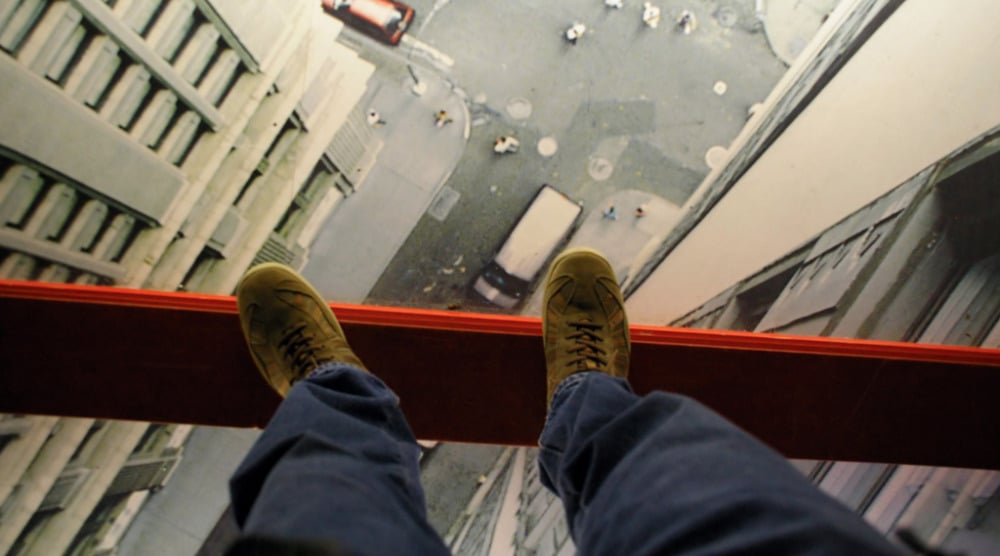
10- Do things with passion
Creative people tend to get bored fast if they are given a task that doesn’t exploit their potential.
Creative people do what they love.
Ultimately, designers create for human and not for money or investors’ bank account.
i.e. The company 3M allocates free time to their R&D team to create whatever they want!
They believe this creativity time with no brief will benefit the company soon or later tapping in employees passion and creativity.
TIP: Do not work for a job but a passion.
If you need to apply for a company, do not send your resume to 100 companies. Send only to your top 3 only, and do it very well.Make sure your values fit so you will create great things together.

11- Connect the dots
Creative people often have a “Selective memory”.
However, they often connect a hidden memory with something new.
This is why sometime ideas seams popping out from nowhere – saying Eureka !
TIP: Let your ideas flow freely –
making mind-mapping that let your ideas go into hidden corner of your brain.
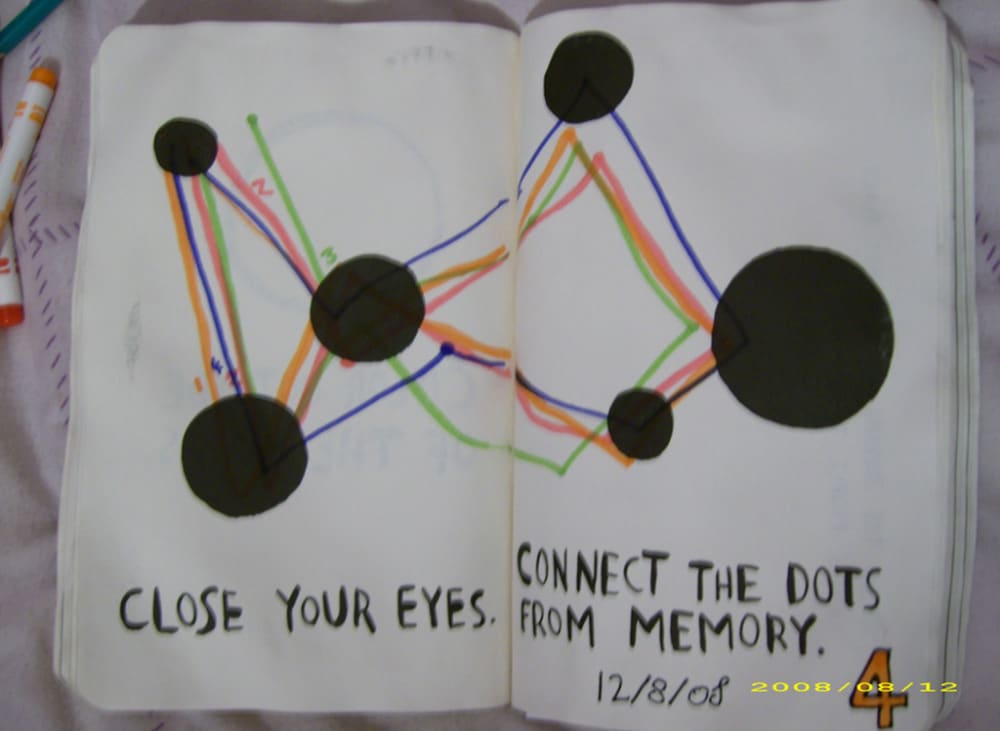
12- Create opportunities
Japanese say:
“Every problem is a treasure.”
It means a problem is not made to be avoided.
It’s an opportunity to make people life better and create an healthy business.
TIP: To succeed, look for problems!
And solve them.
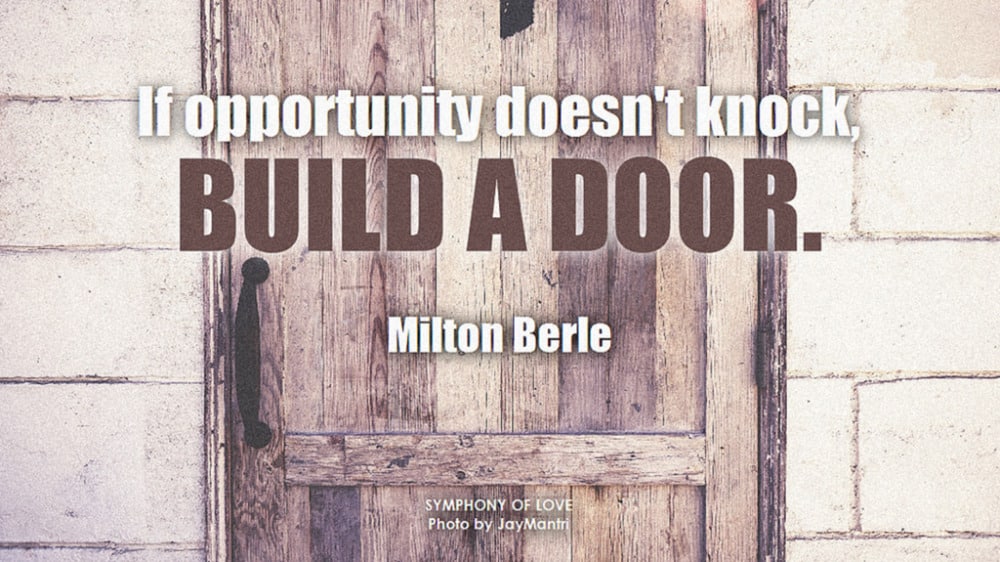
13- Empathy
Creative people do not only associate ideas through tangible reason are technical reasons.
There is a huge part of emotion and feel.
That feel help you to associate unexpected ideas together.
We create for human and talk to his 5 senses and experience.
Sharpen your sensitivity about human behavior.
More people you meet, more you refine your sensitivity.
This is why a Design school put aside marketing for instead talk about Sociology.
TIP: Do not think function or aesthetic first.
Think human’s needs and behaviour.A good way to do that may be identifying
if the people you target is part of a tribe.
As a professional Industrial designer,
you need to train your brain to be more alert.
So you can go from “Consumer of value” to “Creator of value”.
For example, while a consumer watch a movie, he enjoys the story, laugh, cry,,,
However, when Steven Spielberg watches a movie, he’s alert at:
- the composition,
- the lighting,
- how the camera moves along the scene,
- how each scene is cut,
- where the camera point of view is…
He decrypts the behind the scene to always create better movies.
Remember, a designer is a Story teller.
To make awesome product designs, watch around you.
Be alert and think like Steven Spielberg. 🙂
And you?
What are your techniques to get more creative?





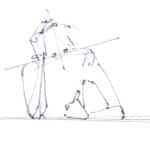





[…] Management by drawing Fast: If every sketch were treated as a final piece of art, productivity would plummet. Instead, prioritize exploration and idea generation to avoid wasting time on […]
[…] don’t matter as much; what’s important is that you show your thought process and your creativity in your approach to the […]
[…] is an app designed to help maintain concentration and boost productivity. By providing customizable background noise and ambient sounds, it creates an acoustic cocoon that […]
[…] creates an illusion of productivity, but are you really making […]
[…] When you’re young, every scribble, doodle, or sketch is a masterpiece in its own right. There’s no such thing as a “bad drawing” – it’s all part of the magical journey of creativity. […]
That is one brilliant article, I understand and agree with everything in it.
Thanks Chou-Tac.
My pleasure Yostina 🙂
Thanks for the post Chou-Tac.Looking at abstract pictures to derive forms works well for me.http://ffffound.com/ is great for inspirations
Thanks Rooben for the sharing.
No probs Chou-Tac